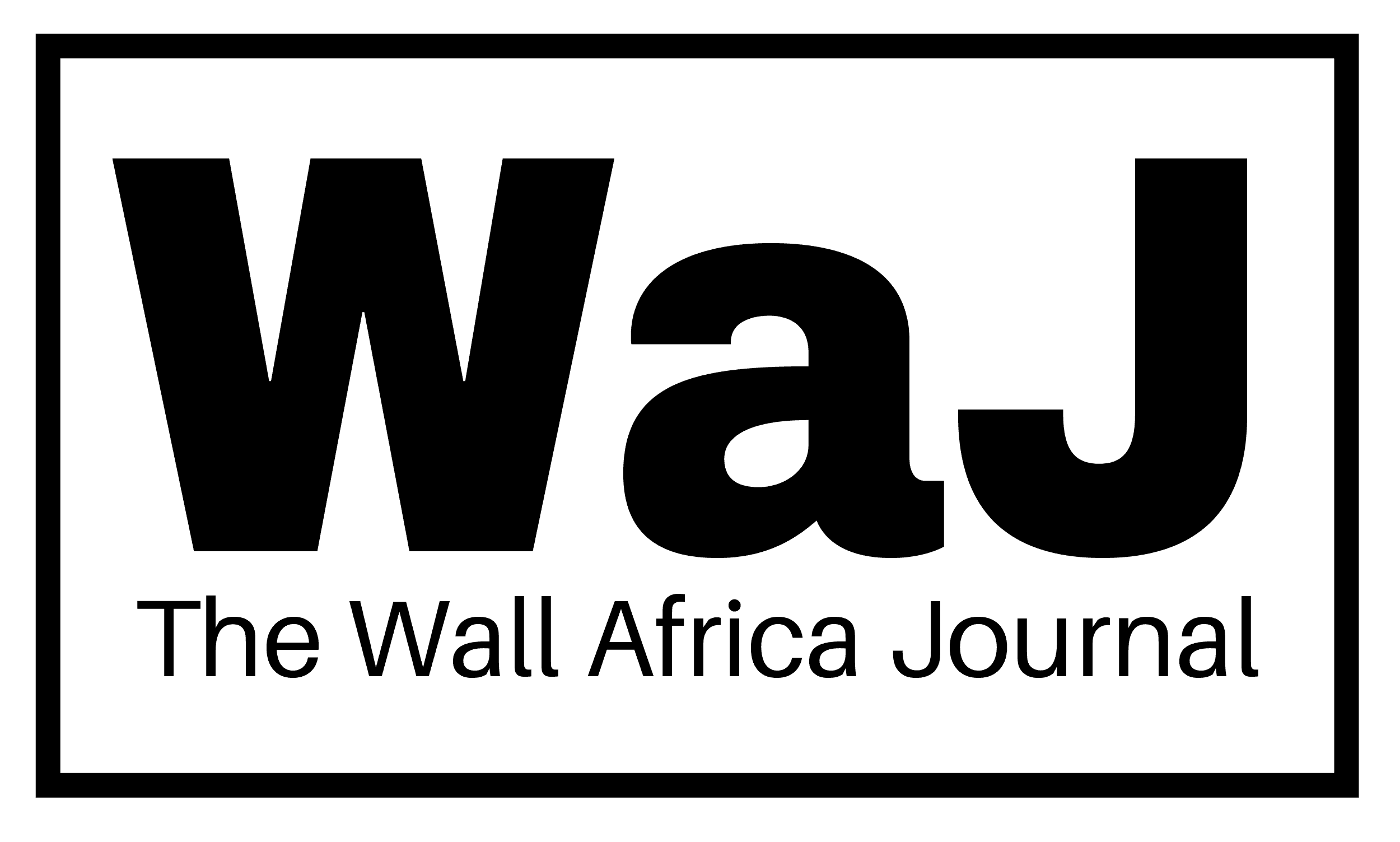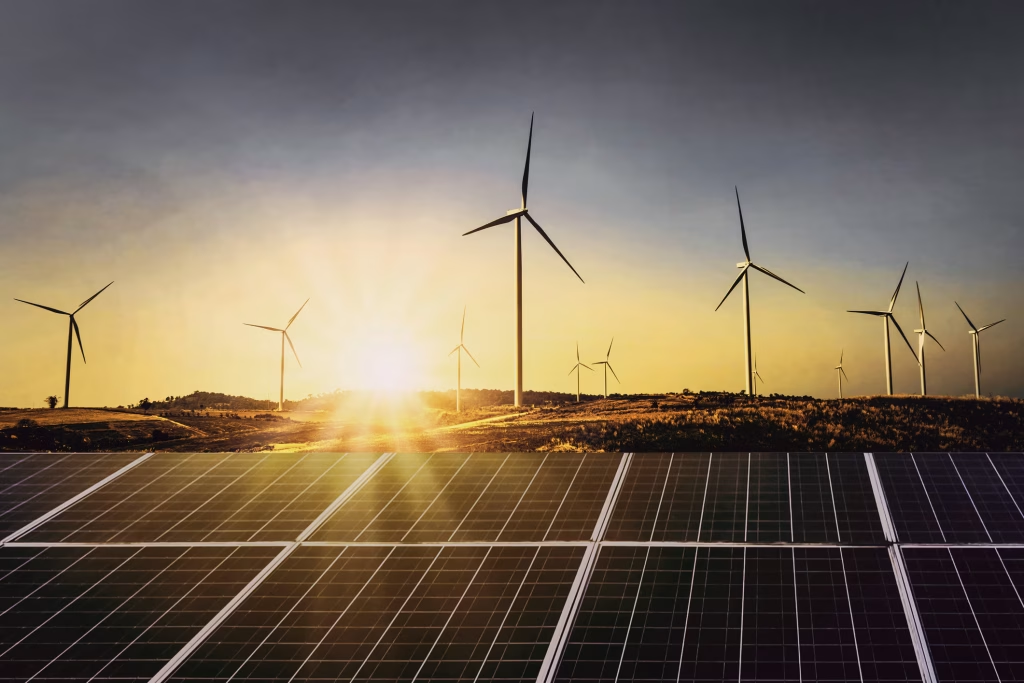Namibia will add 93 megawatts (MW) of renewable energy capacity by the 2025/2026 financial year in a strategic push to reduce dependence on electricity imports and drive down costs, the country’s electricity regulator announced on Tuesday.
Electricity Control Board (ECB) CEO Robert Kahimise said the new capacity will significantly strengthen domestic power generation, helping to cushion Namibia from persistent regional supply shortfalls.
“About 93 MW is expected to be commissioned during the 2025/2026 period,” Kahimise said during a press briefing in the capital, Windhoek. “This will support increased local generation, limit our reliance on imports, and contribute to lowering the cost of electricity.”
Namibia currently sources roughly 60 percent of its electricity from neighboring countries including South Africa, Zambia, and Zimbabwe. However, regional supply instability has prompted the government to accelerate investment in domestic energy infrastructure.
According to the ECB, renewable sources now make up 21 percent of Namibia’s energy mix, up from 15 percent in previous years. The country has set an ambitious target to raise this share to 70 percent by the end of the decade.
To reach that goal, the regulator is advancing reforms that include the rollout of the Modified Single Buyer market model, which allows large consumers to purchase electricity directly from independent producers. The ECB says the new model will boost competition, attract private investment, and further unlock the country’s renewable energy potential.
Kahimise also underscored the need for enhanced energy infrastructure, particularly in transmission and storage. He said scaling up systems that can handle solar and wind generation will be critical to managing the variable nature of these energy sources.
As Namibia pushes forward with its energy transition, officials are banking on regulatory innovation, investor interest, and infrastructure expansion to turn the country into a regional leader in sustainable power generation.



